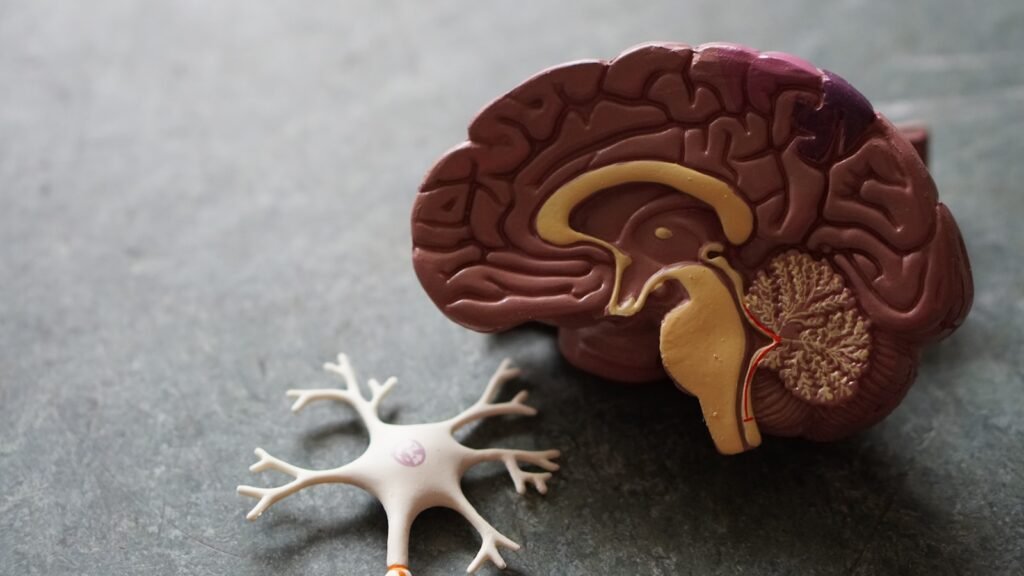Some memories feel like splinters you can’t pull out, tiny shards that snag on everyday life. For people living with trauma, that pain isn’t poetic – it’s practical, exhausting, and relentless. Scientists have long wondered whether we could lighten the sting or even switch off the worst memories altogether without losing ourselves in the process. The story has shifted from sci‑fi fantasy to a serious, careful line of research that now spans psychology, pharmacology, and brain engineering. The question isn’t only whether it’s possible, but what it would do to our identity if the past became editable.
The Hidden Clues
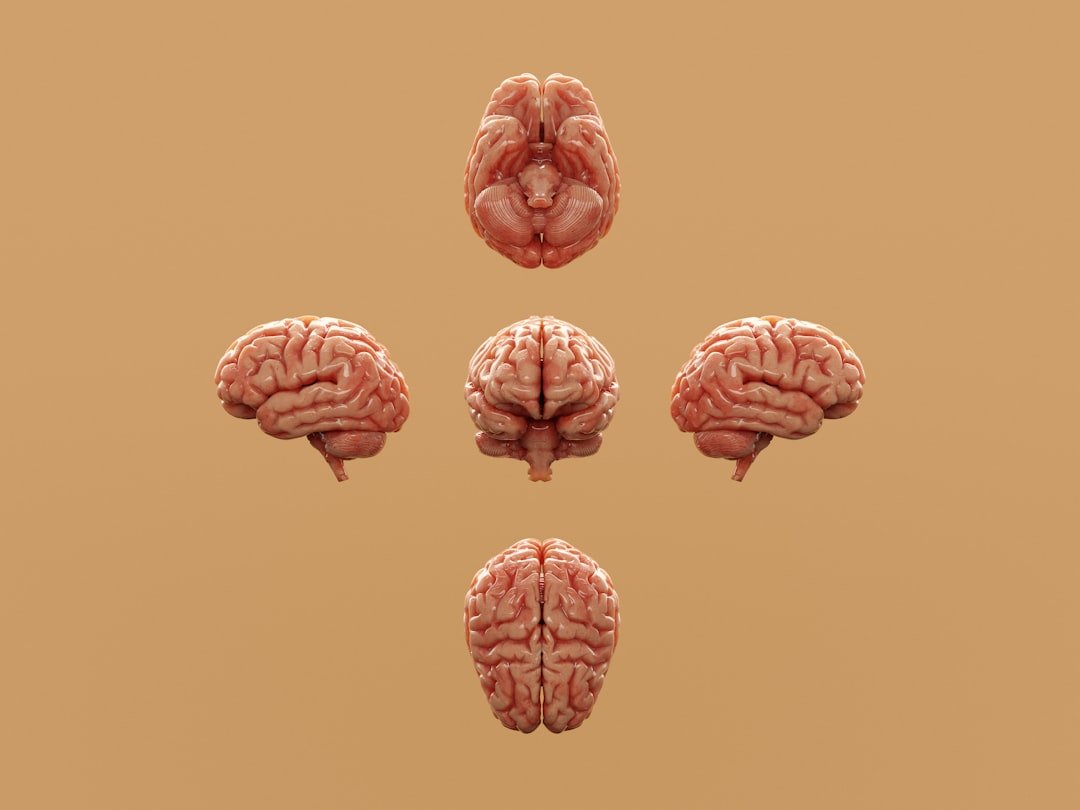
Here’s the twist: your most vivid memories aren’t fixed snapshots – they’re open files that can be edited each time you recall them. When we remember, the brain temporarily destabilizes the trace before saving it again, a process scientists call reconsolidation. That brief window acts like wet cement, and with the right nudge, the emotional weight of a memory can be reshaped before it hardens.
I first felt how slippery memory can be while catching a whiff of a cinnamon roll and flashing back to a childhood kitchen – warm light, clattering pans, a forgotten song. The same mechanism that lets a smell revive a happy scene also lets a trigger reignite fear, which is why trauma can feel so present. Research teams have shown that pairing recall with carefully timed interventions can soften the punch, not by deleting facts, but by dimming their grip. That’s the subtle clue: erasing isn’t the only route to relief.
From Ancient Tools to Modern Science

For decades, our blunt tools – like sedatives or electroconvulsive therapy – improved symptoms but scattered memories indiscriminately. The field pivoted once researchers realized timing was everything: intervene while a memory is unstable, and you may change how it’s stored. Propranolol, a beta‑blocker, has been tested alongside trauma recall to reduce the adrenaline‑driven intensity of certain memories, with mixed but intriguing results.
In parallel, neuroscientists used light and genes in mice – optogenetics – to tag and manipulate the precise neuron ensembles that represent a memory, often called engrams. Other teams aim lower‑impact routes in humans: targeted memory reactivation during sleep, where subtle sounds cue the brain to re‑file a memory with a different emotional tone, or noninvasive brain stimulation timed to reconsolidation. You can feel the progression: from sledgehammer to scalpel, from sedation to sequence and timing.
The Chemistry of Forgetting

Emotional arousal stamps memories with signals from neurotransmitters like norepinephrine and dopamine, strengthening the synapses that bind a moment to meaning. Block or modulate those signals right when a memory is re‑opened, and the new save can be less scorching. In animals, protein‑synthesis blockers can disrupt reconsolidation entirely, but that’s far too risky for people.
Human‑friendly strategies tilt the same pathways more gently. Beta‑adrenergic blockers may blunt adrenaline’s hand in fear memories; sleep‑stage timing can shuffle how the hippocampus and amygdala talk. At the synapse, receptors move in and out like doors on hinges – shift the traffic of AMPA receptors and you change the volume on a recollection. The upshot isn’t a blank page; it’s quieter ink.
Editing Circuits, Not Just Stories
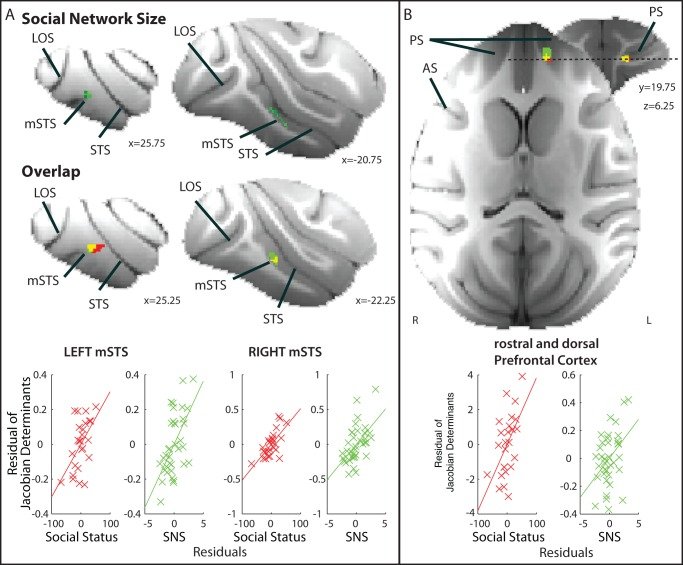
Think of a memory as a neighborhood of cells lighting up together. In rodents, activating or silencing specific ensembles can flip a memory’s emotional tag, turning dread into neutrality or vice versa. That’s a powerful proof of principle: behavior changes when you retune the circuit, not just the narrative.
Humans are trickier because our neighborhoods overlap, and every shortcut risks closing the wrong street. Researchers are experimenting with closed‑loop stimulation that listens for a fear signature and nudges the network only when needed. Others explore epigenetic editing – tweaking how genes are read in those neurons – to lay down more durable, precise changes. The goal isn’t amnesia; it’s surgical editing that leaves the rest of the map intact.
Why It Matters
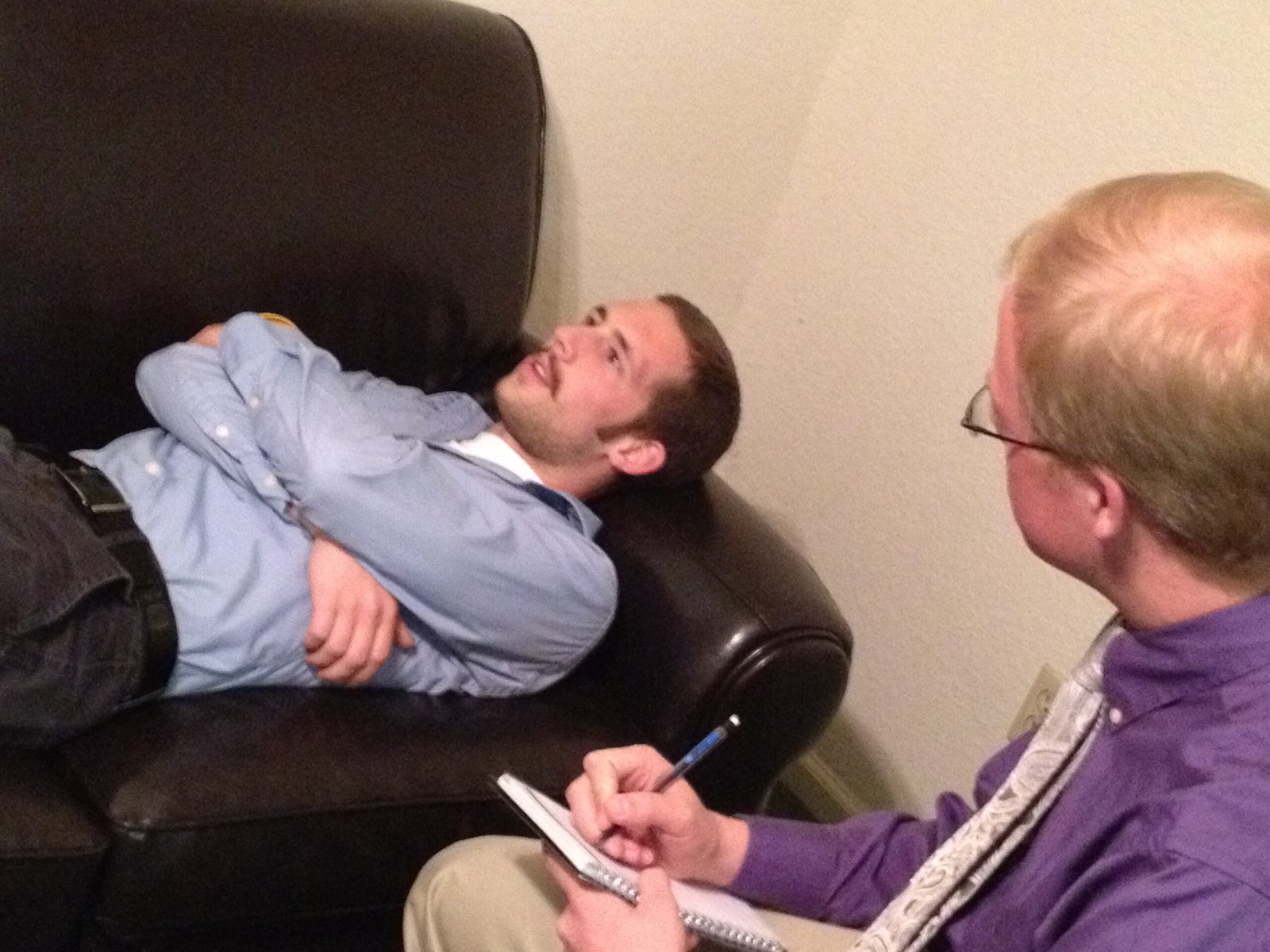
Exposure therapy, eye‑movement approaches, and antidepressants help many people, but not everyone finds relief, and some improvements fade. If reconsolidation‑based treatments can reliably shrink the emotional charge of a traumatic memory, they could compress months of suffering into a shorter, steadier path to recovery. That’s not just clinical efficiency; it’s a chance to reclaim sleep, relationships, and work.
Consider a few anchor points that shape the stakes:
– Many people encounter serious trauma across a lifetime, and a significant share develop persistent symptoms.
– Nightmares, hypervigilance, and avoidance behaviors often resist standard care.
– Even partial reduction in memory intensity can lower relapse risk and boost therapy engagement.
Compared with traditional methods, memory‑editing tactics promise specificity – tuning the problem memory while sparing the rest – and timing, intervening during a biological window when change is easier. It’s a shift from coping around the wound to closing it from within.
The Fine Line: Ethics, Law, and Memory
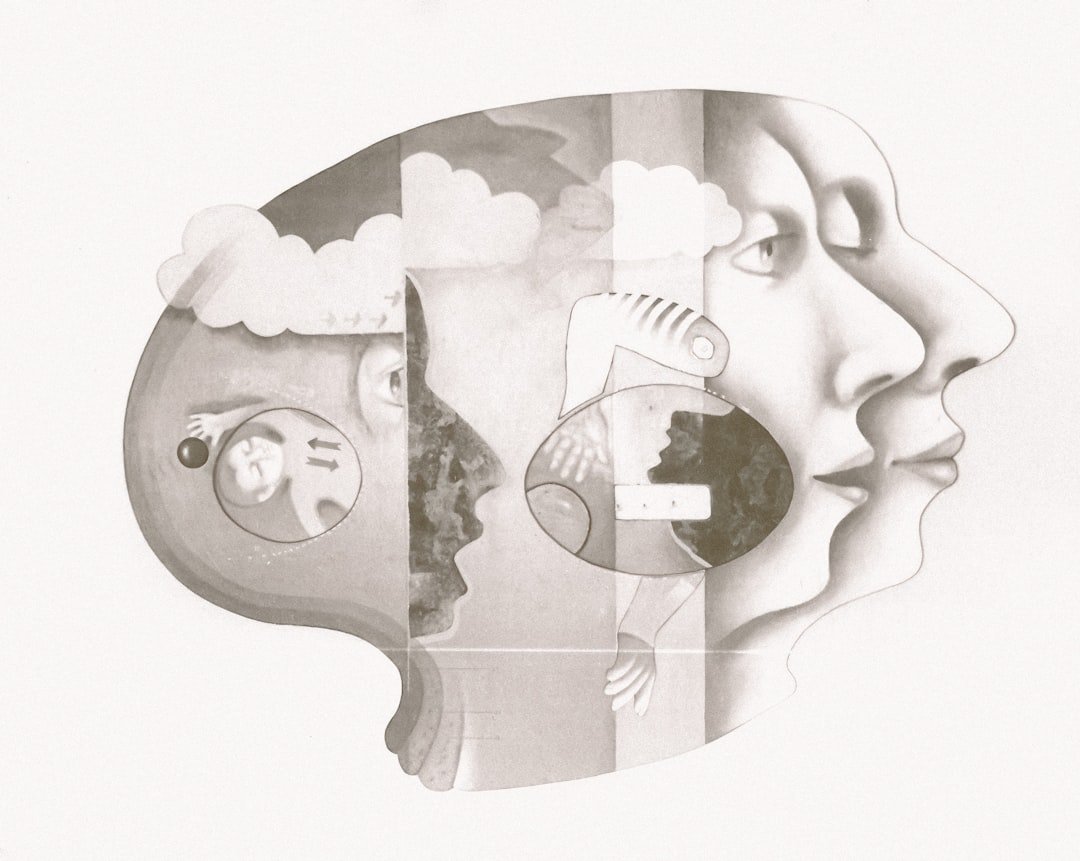
Memories anchor who we are, and even painful ones can carry lessons, empathy, and meaning. If we soften or silence them, do we risk pruning the roots of identity, or are we simply leveling the thorns so life is livable again? Ethical guidance will need to separate therapeutic relief from cosmetic alteration, safeguard consent, and protect vulnerable groups from coercion.
There are legal knots, too. What happens to eyewitness credibility if a memory is modified after testimony is recorded? How should health systems track such therapies without exposing intimate data to misuse? Equity looms over everything, because a world where only some can edit pain is a world that bakes inequality deeper. Guardrails must arrive alongside the tools, not years later.
The Future Landscape

Near‑term advances are likely to converge rather than compete. Imagine therapy sessions paired with precision‑timed medication, guided recall, and brief noninvasive stimulation, followed by sleep cues that reconsolidate the calmer version overnight. That’s a stack – psychology, pharmacology, electricity, and sleep – designed to cooperate.
Further out, researchers are testing chemogenetic switches that can be toggled by safe designer drugs, and epigenome editors that nudge gene expression only in tagged memory cells. Data‑driven models may forecast the best timing window for each person, turning a fragile hour into a personalized schedule. The hard problems remain: guaranteeing specificity, proving durable benefits, and integrating psychological meaning so we’re not just muting, but truly healing. Progress will hinge on careful trials, transparent reporting, and long‑term follow‑up.
From Ancient Tools to Modern Science

Public imagination often jumps to a total wipe, but most scientists aim for something calmer: turning a blaring siren into a soft chime. That framing matters, because it shifts expectations away from forgetting facts to changing how the body responds to them. In practice, the most humane outcome may be remembering without re‑living.
There’s also a social dimension. If we learn to ease trauma more quickly, communities facing disaster, violence, or displacement could stabilize sooner. Families might carry less secondary stress. And first responders – who see the worst days on repeat – could have better tools to protect their mental health while staying sharp on the job.
Conclusion

If this future is going to be fair and safe, it needs more than lab breakthroughs. Support mental‑health services in your community so people can access care now, not only when next‑gen tools arrive. When you read headlines about memory research, look for details about timing windows, long‑term outcomes, and side effects – those fine print lines are where safety lives.
You can nudge progress by backing nonprofits that fund rigorous trauma research, advocating for privacy protections around neural and health data, and participating in ethical public conversations about consent and equity. Ask your representatives to prioritize funding for clinical trials that include diverse populations and transparent oversight. Share stories carefully and listen well, because the line between memory and meaning runs through all of us. What would you choose to remember differently if you could?

Suhail Ahmed is a passionate digital professional and nature enthusiast with over 8 years of experience in content strategy, SEO, web development, and digital operations. Alongside his freelance journey, Suhail actively contributes to nature and wildlife platforms like Discover Wildlife, where he channels his curiosity for the planet into engaging, educational storytelling.
With a strong background in managing digital ecosystems — from ecommerce stores and WordPress websites to social media and automation — Suhail merges technical precision with creative insight. His content reflects a rare balance: SEO-friendly yet deeply human, data-informed yet emotionally resonant.
Driven by a love for discovery and storytelling, Suhail believes in using digital platforms to amplify causes that matter — especially those protecting Earth’s biodiversity and inspiring sustainable living. Whether he’s managing online projects or crafting wildlife content, his goal remains the same: to inform, inspire, and leave a positive digital footprint.

